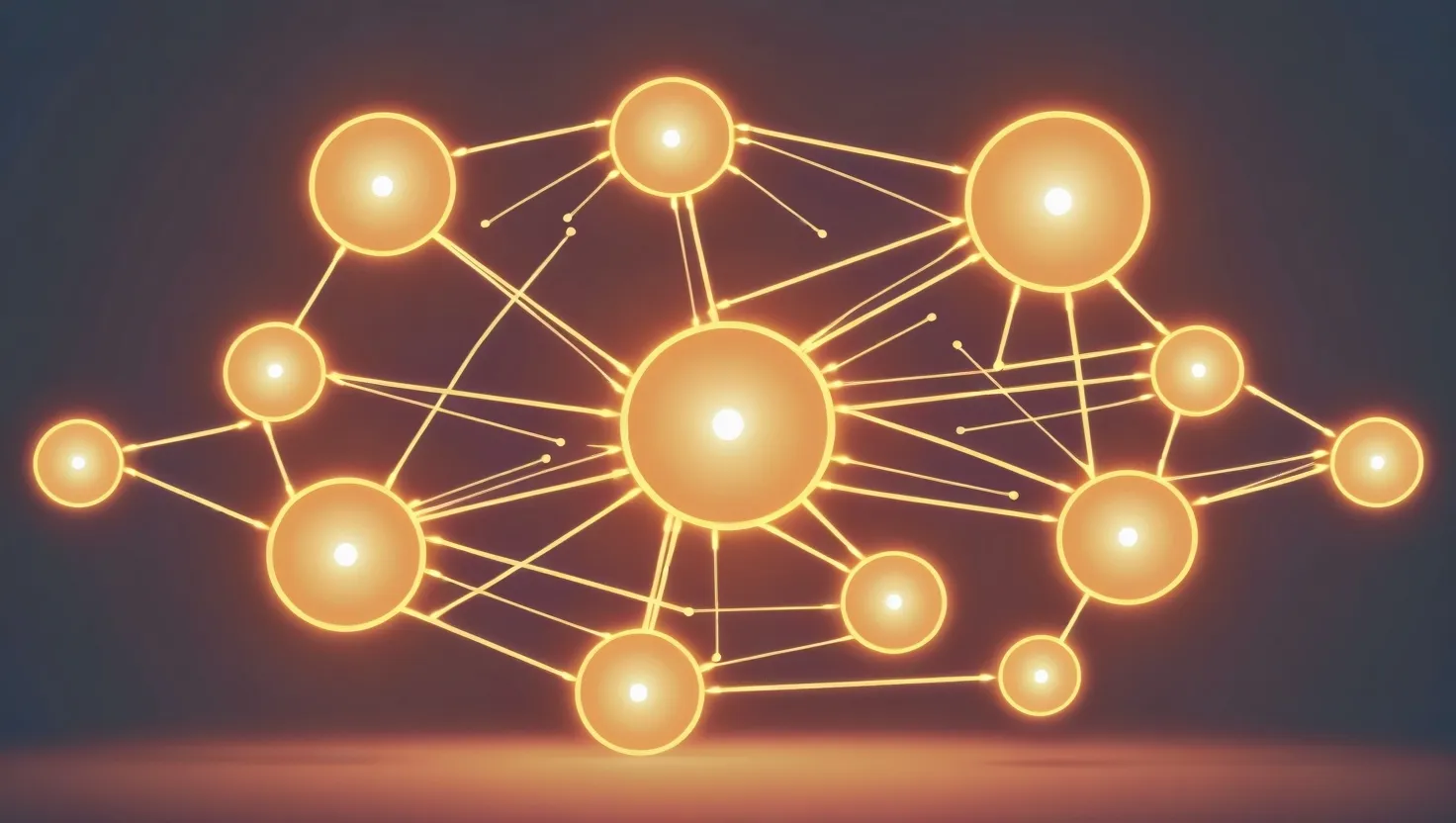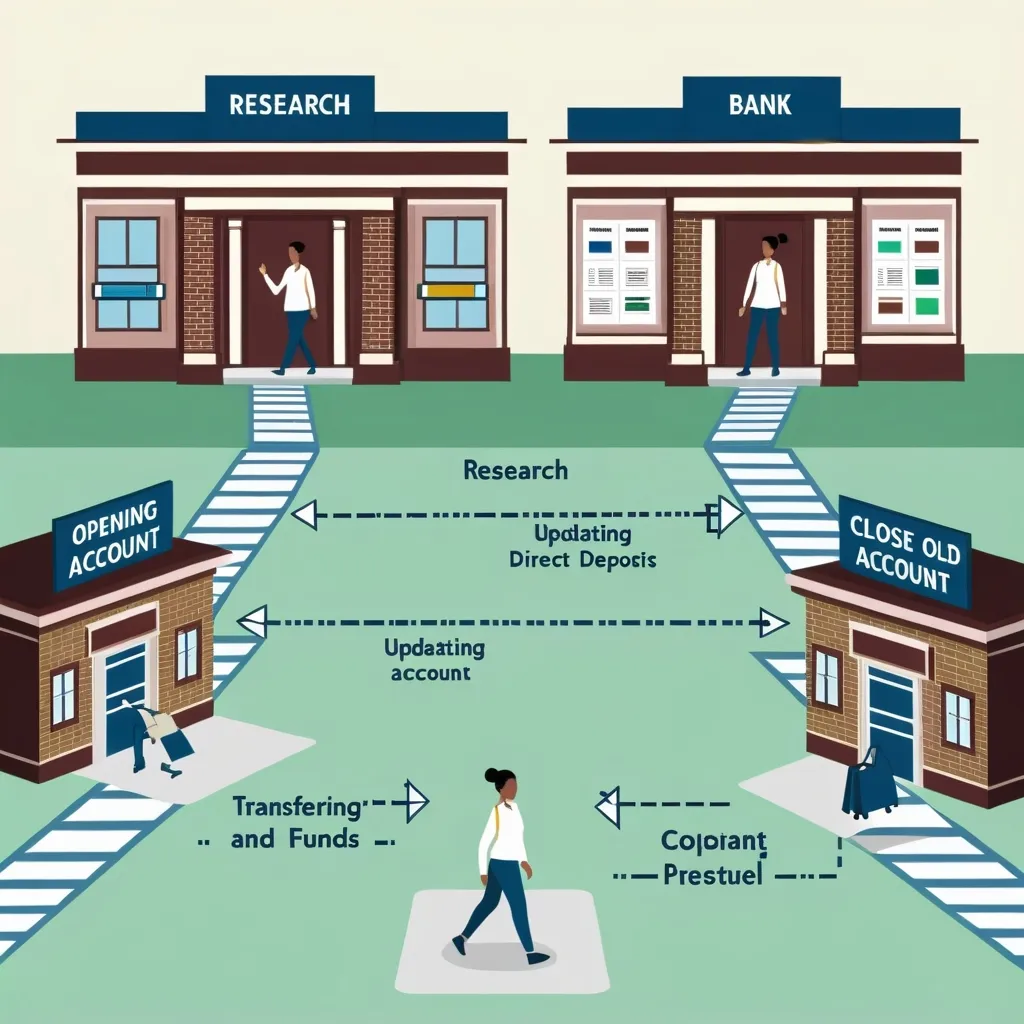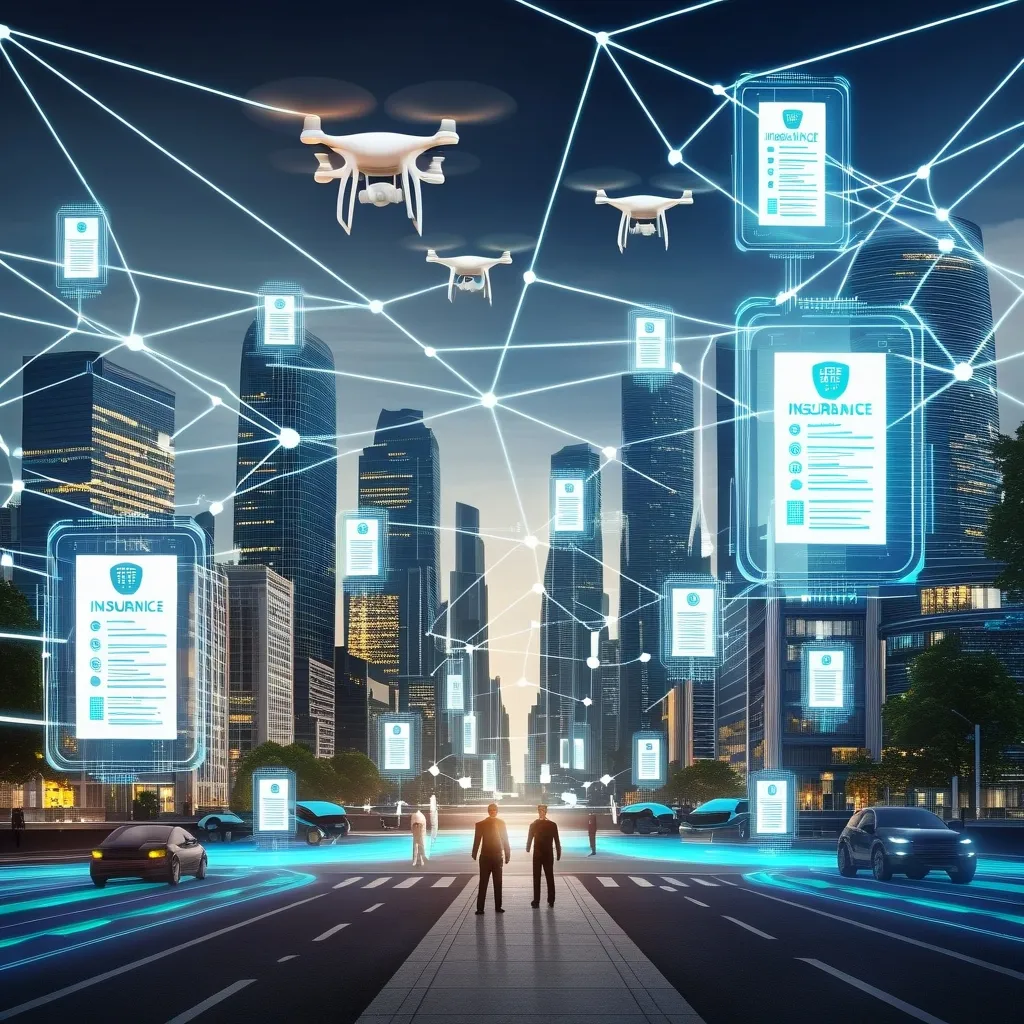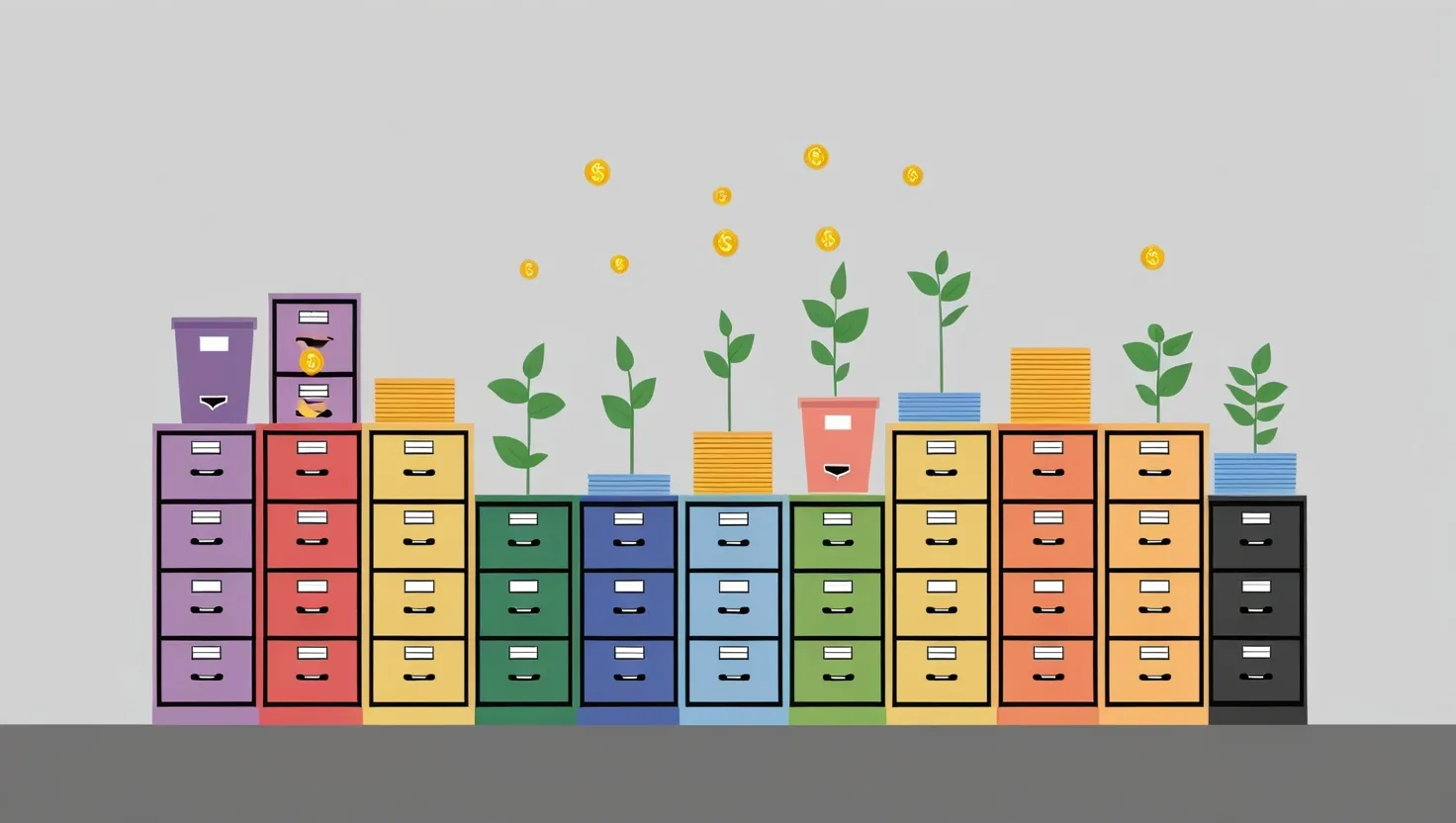In the pursuit of creating a workplace where empathy is more than just a buzzword, we often find ourselves navigating complex organizational structures and hierarchies. The concept of fractal empathy offers a unique and powerful approach to scaling emotional intelligence across every level of an organization. This method is rooted in the principles of fractal geometry, where self-similar patterns repeat at different scales, creating a cohesive and resilient system.
Imagine a workplace where the empathetic behaviors of a manager create a ripple effect, inspiring team leaders to adopt the same considerate approach, which in turn influences individual team members. This is not about conducting team-building exercises or sensitivity training; it’s about embedding emotional intelligence into the very DNA of the organization.
To understand how this works, let’s delve into the nature of fractals. Fractals are geometric patterns that repeat themselves at different scales. In the context of an organization, this means that the behaviors and values exhibited at one level are mirrored at every other level. For instance, if a CEO demonstrates empathy and understanding, this behavior is likely to be replicated by middle managers, team leaders, and eventually, every individual within the organization.
This approach contrasts sharply with traditional top-down hierarchies, where decisions and values are imposed from the top and often get lost in translation as they trickle down. In a fractal organization, information and resources flow in the same channels, creating a natural hierarchy that fosters collaboration and collective decision-making. This environment encourages employees to share information iteratively and make decisions in response to changing conditions, rather than hoarding information as a means of gaining power or leverage.
One of the key benefits of fractal empathy is its ability to create a culture of trust and support. When employees feel appreciated and supported by their workplace, their overall health and well-being improve. This is because a happy heart is indeed a healthy heart, and a supportive work environment naturally boosts health. In such organizations, members share a common purpose and core values that unite their efforts, creating a pattern integrity that characterizes a fractal organization.
Let’s consider an example to illustrate this concept. Imagine a company like Haier, the Chinese appliance giant, which has adopted a fractal organizational model called Rendanheyi. In this model, Haier removed an entire layer of middle managers and distributed power to entrepreneurial local leaders of semiautonomous, customer-facing business units. This approach ensured that there was zero distance between the company and its customers, fostering an environment where decisions were made quickly and empathetically.
In such a setup, when a customer-facing team leader shows empathy towards a customer, it sets a precedent for the entire team to follow. This behavior is then reinforced by the team leaders’ managers, who also practice empathy in their interactions. This creates a self-similar pattern of emotional intelligence that repeats across every level of the organization.
Fractal empathy also promotes faster decision-making and innovation. By redistributing power to customer-facing leaders, organizations can respond swiftly to changing customer needs. For instance, a local Indian consumer company gained significant market share over its global peers because its CEO was just a “floor away” from his team, enabling quick and empathetic decision-making.
This approach is not limited to large corporations; it can be applied in any organizational setting. In sociocratic organizations, for example, decisions are made at the most specific level possible. This means that a pastry-makers unit within a baking circle can make decisions about their specific needs without needing approval from higher circles. This decentralized decision-making process fosters an environment where empathy and understanding are integral to every decision.
To implement fractal empathy effectively, it’s crucial to break down larger organizational goals into smaller, more manageable tasks that are interconnected across different levels. This is akin to fractal planning, where tasks are cascaded through different levels of granularity to create an interconnected web of activities. By allocating resources carefully and monitoring progress regularly, organizations can ensure that empathetic behaviors are consistently reinforced.
For instance, if a company is working on a large project, it can break this project into smaller tasks that are managed by different teams. Each team leader is encouraged to practice empathy in their interactions, which in turn influences their team members. As the project progresses, the interconnected nature of the tasks ensures that empathetic behaviors are consistently reinforced across the organization.
In addition to structural changes, leveraging digital tools can enhance the implementation of fractal empathy. Productivity platforms can help visualize and align tasks and goals within a comprehensive hierarchical structure, fostering coordinated progress and transparency. For example, using project management software, teams can track the progress of tasks at different levels, ensuring that empathetic behaviors are consistently reinforced.
However, adopting fractal empathy is not without its challenges. One of the primary challenges is managing the complexities introduced by the interconnected nature of tasks and goals. Balancing the allocation of resources and priorities across different levels of tasks requires careful planning and continuous iteration.
Despite these challenges, the benefits of fractal empathy are profound. It creates a workplace culture that is nuanced and resilient, adapting to challenges with the flexibility and strength found in natural fractal structures. In such an environment, workplace relationships become more meaningful, and employees feel valued and supported.
In conclusion, fractal empathy offers a powerful way to scale emotional intelligence across organizational hierarchies. By creating a self-similar pattern of empathetic behaviors that repeat at every level, organizations can foster a culture of trust, support, and innovation. This approach is not just about feeling good; it’s about creating a workplace where empathy is intrinsic to the organization’s DNA, leading to better decision-making, faster innovation, and a more resilient and adaptable organization. As we strive to create smarter living and working environments, embracing fractal empathy can be a game-changer, making our workplaces more empathetic, productive, and fulfilling.






